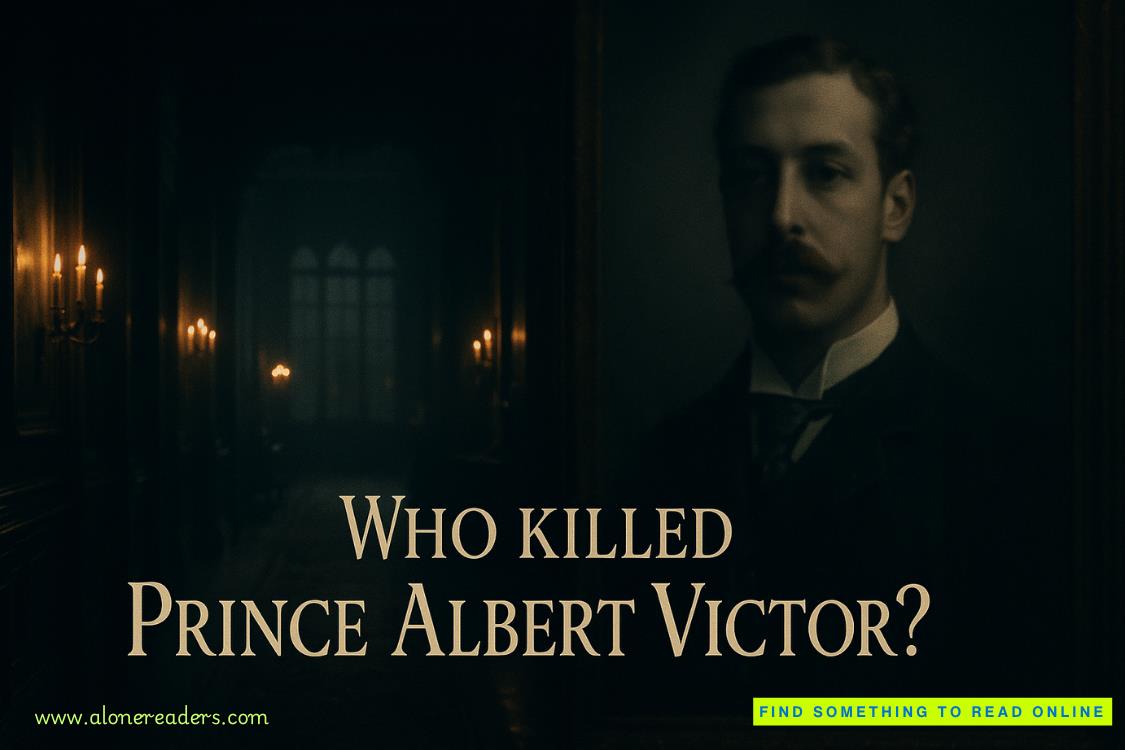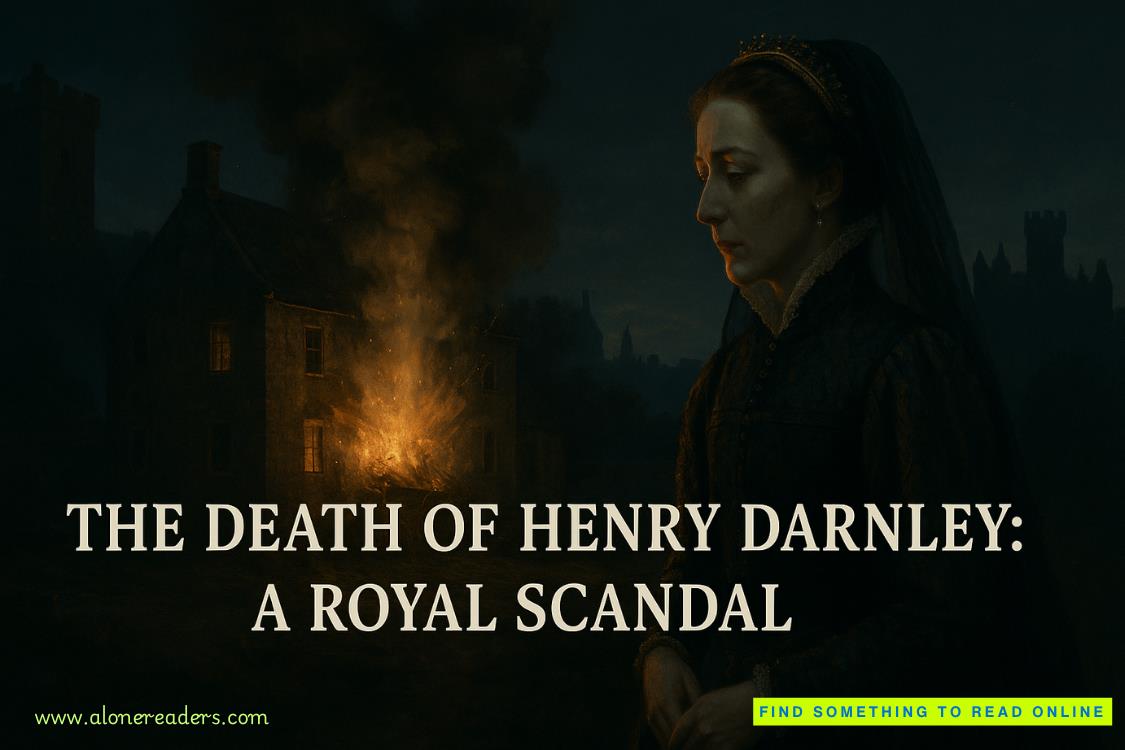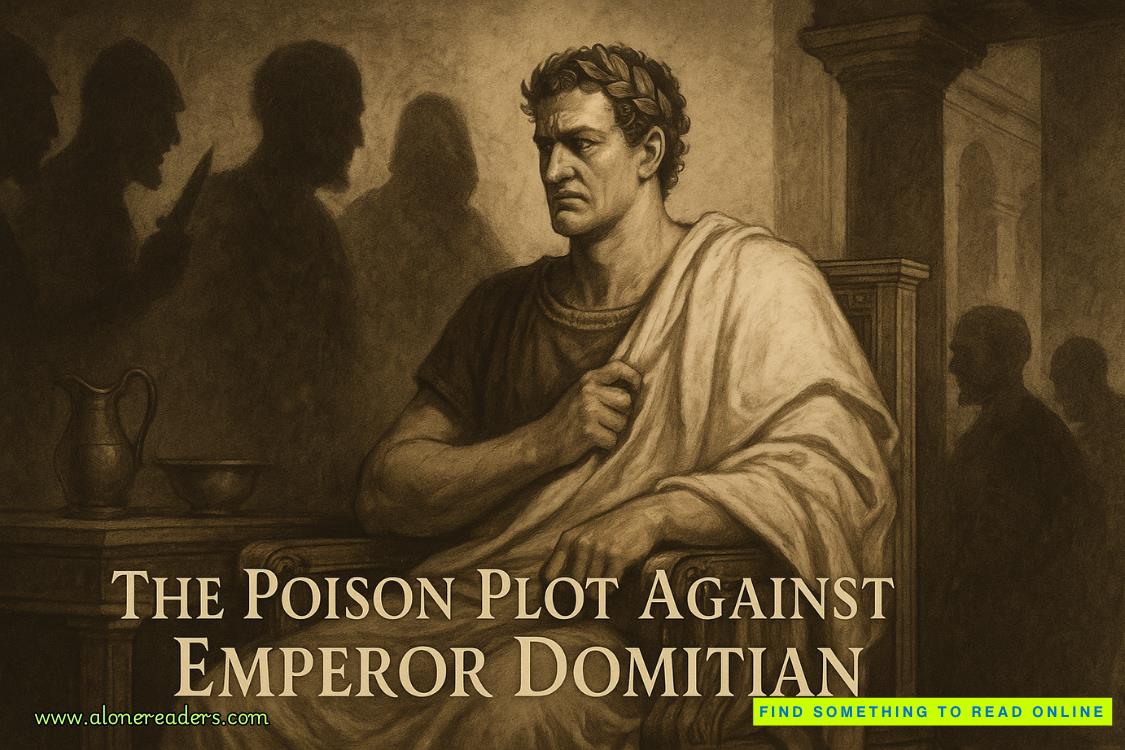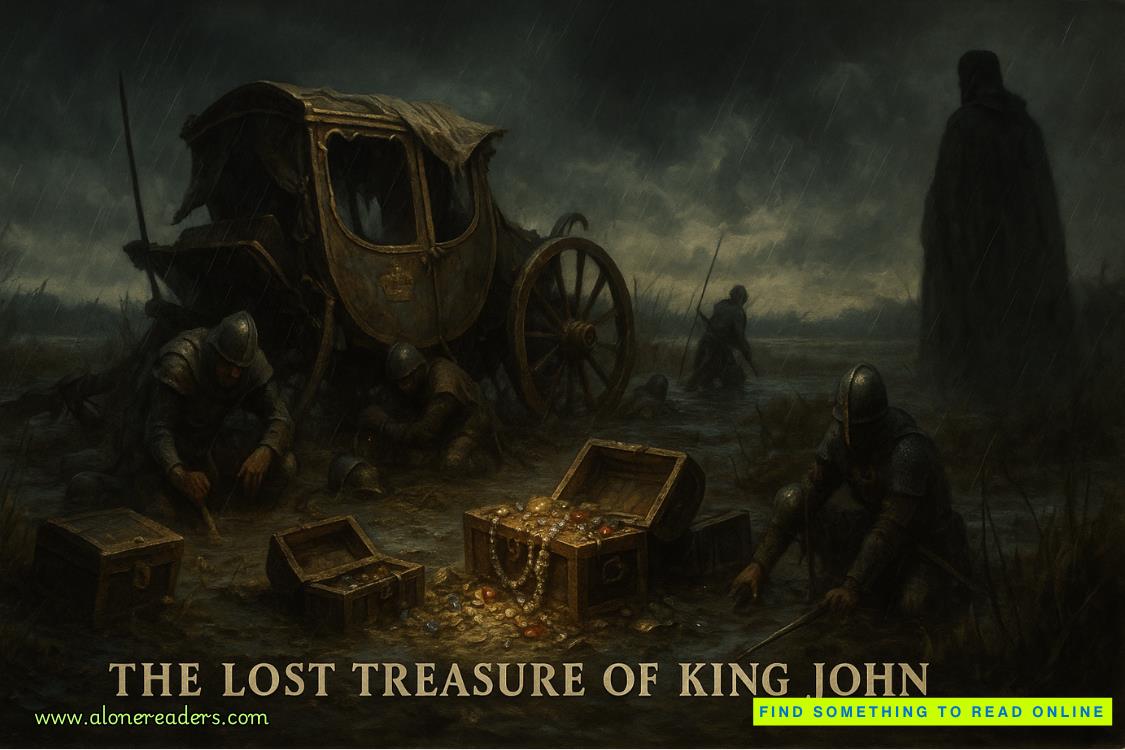Page 25 of Clear Path
Then, just as she was about to sigh with pleasure, he said, “Did you see the installation up the street?”
She stiffened.
His tone was light and casual, like he was trying to contain his excitement. He cared enough to do that, at least. But the question stung.
Of course, she’d seen it. How could she miss it? Everyone was buzzing about Rory’s latest stunning achievement when she stopped in at Ember + Bean for her morning coffee. Her curiosity demanded she detour past Rory’s building to check it out on her way to the store.
“What installation?” The lie flew out of her mouth on its own accord.
Before she could tease out the reason for her dishonesty, he was tripping over himself to tell her all about Rory’s guerrilla art show. She tuned out and let his rush of words wash over her and roll away, as if they were water and she were the proverbial duck.
16
Rory pedaled fast, spurred on by a burst of excitement and anticipation as Union Hill receded into the distance. Despite her hard riding, she made slow progress. This was intentional. She made several stops, detouring off the trail to document the GAP’s effects—intentional and otherwise—on the surrounding area.
Her stomach growled in protest. She ignored it and continued pedaling. She could eat and rest her jelly-like legs when she reached her first stopping point—a small cave set into a hillside about twelve miles west of Union Hill, eight miles east of Clarksville. The cave didn’t appear on any trail maps and was accessible only by a barely visible path through dense underbrush. She’d stumbled across it during a bike ride soon after she moved to town. A crack of thunder announced a sudden storm while she was photographing the lichen on a felled tree alongside the trail. As the rain sheeted down, she spotted the cave above and scrabbled up the hillside to wait out the storm.
The deceptively narrow entrance opened up to a surprisingly spacious interior. She’d been content to shelter there and,when the rain stopped, was delighted to see that the sunlight hit the cave at an interesting angle. She’d taken a series of pictures before leaving and had returned several times since to photograph the way light filtered through the trees that shielded the mouth of the cave from sight. The cave was completely hidden from the trail.
By the time she reached the concealed turnoff, it was late afternoon. The sun was in the sky and the air was beginning to take on a chill. Leaning her bike against a tree, she followed the narrow path up the gentle slope until the mouth of the cave appeared through the foliage. Then it was a quick climb up the rocky hillside to the cave itself.
Inside, she settled on the smooth stone floor, unpacking her protein bars and water. The cave was cool but not yet cold. The slanting sunlight warmed her face and shoulders for now. And she had a warm jacket in her pack for later.
She nibbled on a chalky chocolate-flavored energy bar while she scrolled through the images on her camera’s viewfinder, reviewing the photos she’d taken along the way: an abandoned gas station; the contrast between a row of sleek, expensive trail cycles lined up at an overlook awaiting their riders and a group of tired hospitality workers huddled under a bus shelter waiting for one of the handful of public buses still operating in the area; a wild, unmaintained section of the trail; and a half-collapsed barn in the process of being reclaimed by nature.
Rory transferred the images to her phone and made rudimentary edits. Then she typed out descriptions, checked them over for obvious typos, and uploaded the series to her website and shared them across her social media accounts. She hit send on the last photo and stood, slipping the phone into her pants pocket.
Her back twinged and her shoulders ached. She’d been hunched over her phone longer than she’d realized. She rolledher neck and shoulders and was mid-forward fold when she heard a familiar voice.
“Rory? I know you’re up here somewhere. Your bike’s at the trailhead.”
She rolled up to standing, and a sudden stabbing abdominal pain nearly knocked her back down. She clung to the cave wall to brace herself as the pain in her midsection roared like a fire. Her heart raced and her breath came fast and shallow. Lightheaded and shaking, she tried to push herself up, but as nausea overcame her, she slid down the wall and doubled over, clutching her stomach.
Footsteps approached and a shadow fell across the cave’s entrance. “Rory.”
As she turned toward the sound of her name, she pitched forward, dizzy and sweating from the pain. Her palms connected with the rough cave floor and her forearms trembled from the effort of holding herself up. Her vision tunneled, and darkness seeped in from the periphery.
She managed to stand—for a moment. As she swayed, she finally remembered what she’d forgotten to do. Then she was falling, and the hard cave floor rushed up to meet her.
PART III
Art is not what you see, but what you make others see.
—EDGAR DEGAS, FRENCH IMPRESSIONIST PAINTER
What you see is what you see.
—FRANK STELLA, AMERICAN MINIMALIST PAINTER
17
Bodhi spent more time than he’d intended at the history center, engrossed in the exhibit about the coal town. The photo essays were powerful, and the walk through the replica of the simple company home had made the miners’ stories feel even more visceral and real. After watching the short film about the strikes that changed the industry in the early part of the twentieth century, he sat alone in the dark media room for a long while, absorbing what he’d learned. He sat there so long that a gray-haired man wearing round glasses and a cardigan sweater with leather-patched sleeves came in and apologetically told him that the center was closing.
After leaving the history center, he walked at a brisk pace to make up some of the time. As a rule he didn’t hurry, believing that wherever he happened to be was where he was meant to be. But he made an exception now because he wanted to reach Union Hill before nightfall.
As the sun dipped low and the shadows lengthened, he moved steadily—until he felt someone watching him. He stopped mid-stride and turned, his breath catching in his throat. Twenty feet ahead, a white-tailed deer stood motionless at thecreek’s edge where it ran parallel to the trail. The animal’s stillness seemed contemplative. He watched until the doe blinked at him once, slowly, and lowered her head to drink.
He realized that he, too, was thirsty. He eased his pack off his shoulders and retrieved his water bottle, careful not to startle the deer. As he drank deeply, savoring the cool water, a sudden rustle broke the silence. The deer bounded into the understory, her white tail flashing between the trees as she disappeared from view.















